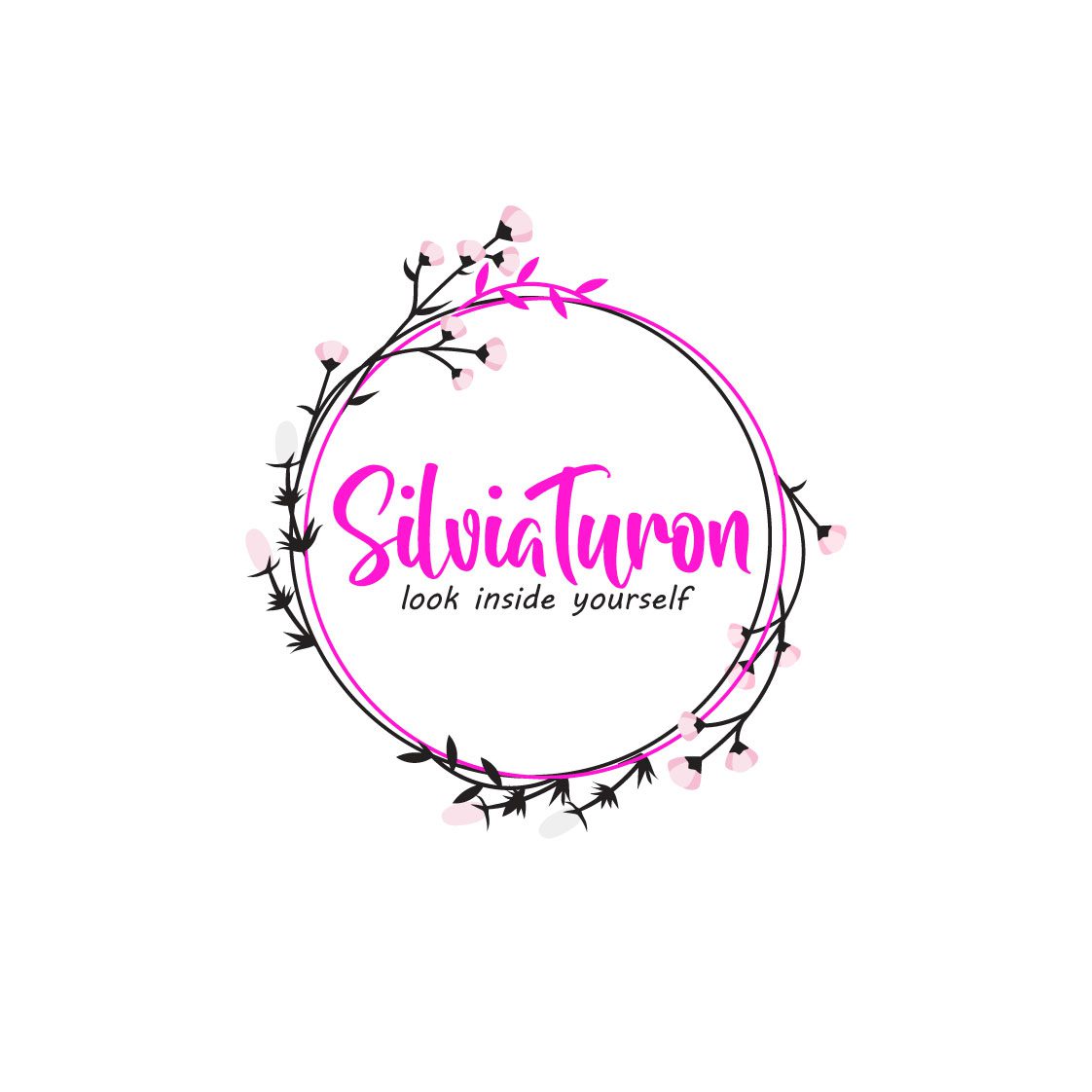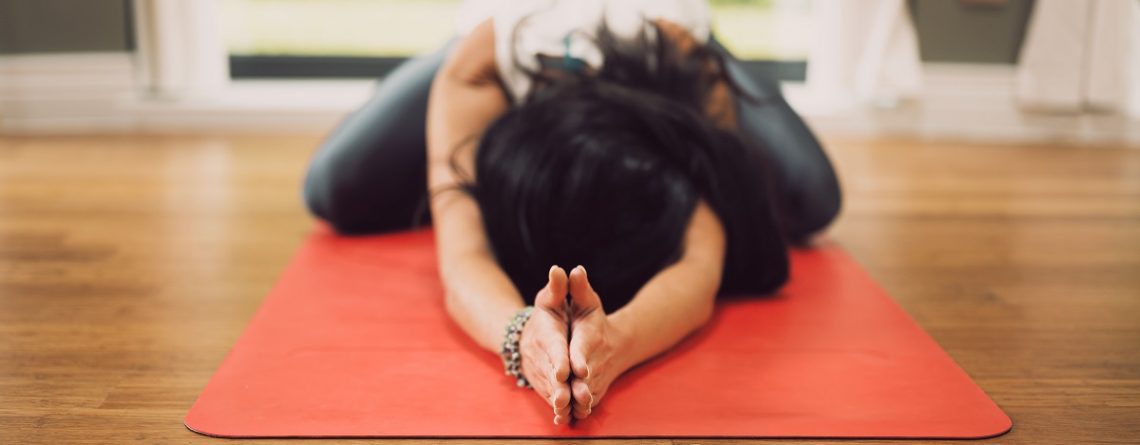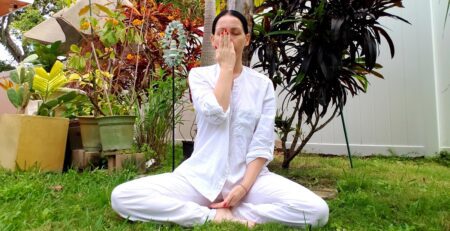3 Simple Ways How to Calm Down Your Nervous System
“The great thing, then, in all education, is to make our nervous system our ally, instead of our enemy.” William James
Emotional healing has different forms: one day you are in the middle of the room uncontrollably crying and processing deep pain, while the next, you are sitting on the floor in a crossed-leg position, absorbed in your breath, cool and collected.
The dynamic of our healing can be so profound and unique, it often surprises us as we heal and learn to control the emotional turmoil that comes with life.
Although there are therapists, coaches, or support groups which are all very helpful, learning how to regulate our nervous system and keep ourselves out of fight-or-flight mode is extremely important.
Benefits of regulating your nervous system
Aside from feeling calmer and more in control, managing our nervous system has other benefits.
When I was younger, I was afraid of my anger and rage. Since I had evidence of my unpredictable reactive behavior, I believed I would never change.
Only when I started addressing my anger and learned techniques to control my emotional response, I began to trust myself more.
The other byproduct of learning how to manage our nervous system is self-respect. Let’s face it. Changing the habit from reacting to responding while practicing how NOT to be influenced by intense emotional triggers is freaking hard. I don’t care how strong and committed we are, healing ourselves requires courage and loving patience.
Once you learn how to calm down your anxiety, breath through stress, and think before you act, your self-respect will skyrocket because you will know the hard work it takes.
Techniques to regulate your nervous system
Anulom Vilom
Anulom Vilom is an alternate nostril breathing exercise, also called pranayama. Anyone can perform it, regardless of their overall physical health. You will inhale through one nostril and exhale through the other nostril interchangeably.
Anulom Vilom balances the right and left hemispheres. Some benefits are a calmer mind, better focus, and help with anger management.
To perform Anulom Vilom, follow these steps:
- Sit in a comfortable sitting position of your choice.
- Close your eyes and take three deep breaths to get centered and present.
- Take your right hand, and fold your middle finger and index finger toward your palm. You will use your ring finger to close your left nostril and your thumb to close your right nostril.
- Begin by closing your right nostril with your thumb while inhaling through your left (count to 4), then close your left nostril and exhale through your right (count to 4)
- Now inhale through your right nostril (while you keep your ring finger on your left nostril).
- Close your right nostril with your thumb and exhale through your left. You completed one round of Anulom Vilom. Repeat at least 10 times.
BOX breathing
Box breathing, also known as square breathing, is a simple yet powerful breathing technique to calm anxiety, relieve stress, fight insomnia, and improve the overall quality of our breathing.
The ratio for box breathing is 4-4-4-4. You inhale and count to 4, then you hold your breath and count to 4, then exhale and count to 4, and then hold after exhaling and count to 4.
I recommend doing around 10 rounds of box breathing. Remember that you can adjust the ratio to a lower or higher value. You shouldn’t gasp for air while performing any of these breathing exercises but feel the ease and a sense of relaxation.
Grounding
When we are in a high state of overthinking or have what is referred to as a “monkey mind”, grounding ourselves is a great way to tune into the present moment and calm down our nervous system.
There are two powerful ways to ground yourself. The first is to connect with nature. If you have access to the ground with grass or live close to the ocean, you can take advantage of it. Go outside or to the beach and stand firmly with both of your feet on the grass or the sand. Press into the ground as if you want to push it down and feel the strong foundation beneath your feet. Close your eyes and observe this posture for a few minutes, being mindful of the surface of the feet connecting with the ground at all times.
If you don’t have access to these places when in need, you can roll out your yoga mat, lay down on your back, fold your legs at your knees and press firmly into the ground with your feet and your palms. Feel the connection and foundation of the ground beneath you and breathe.
Another great way to ground is with mindfulness practice. Sit on the floor in a comfortable sitting position, close your eyes, and begin observing your entire body. You can scan it from top to bottom or tune into its vibration. Observe the slight pulsing in your legs and arms. Don’t narrow your attention to only one thing, like your breath. Give your monkey mind space to jump around but within the boundaries of your entire body.
Learning how to regulate your nervous system demands mind power. Although you may find it challenging, so is living in anxiety and fear. Pick one of these tools and practice it daily for only a few minutes. See it as a healthy step toward your healing and recovery, and when you find yourself in doubt or uncertainty, say these words: “I am healing myself, and I am committed to doing the work because I am worthy of a worthy life.”












Comments (2)
Thank you very much for including me!
I love how you explain things. Straightforward and clear.
My pleasure, Patricia. I am glad you are getting so much out of this!